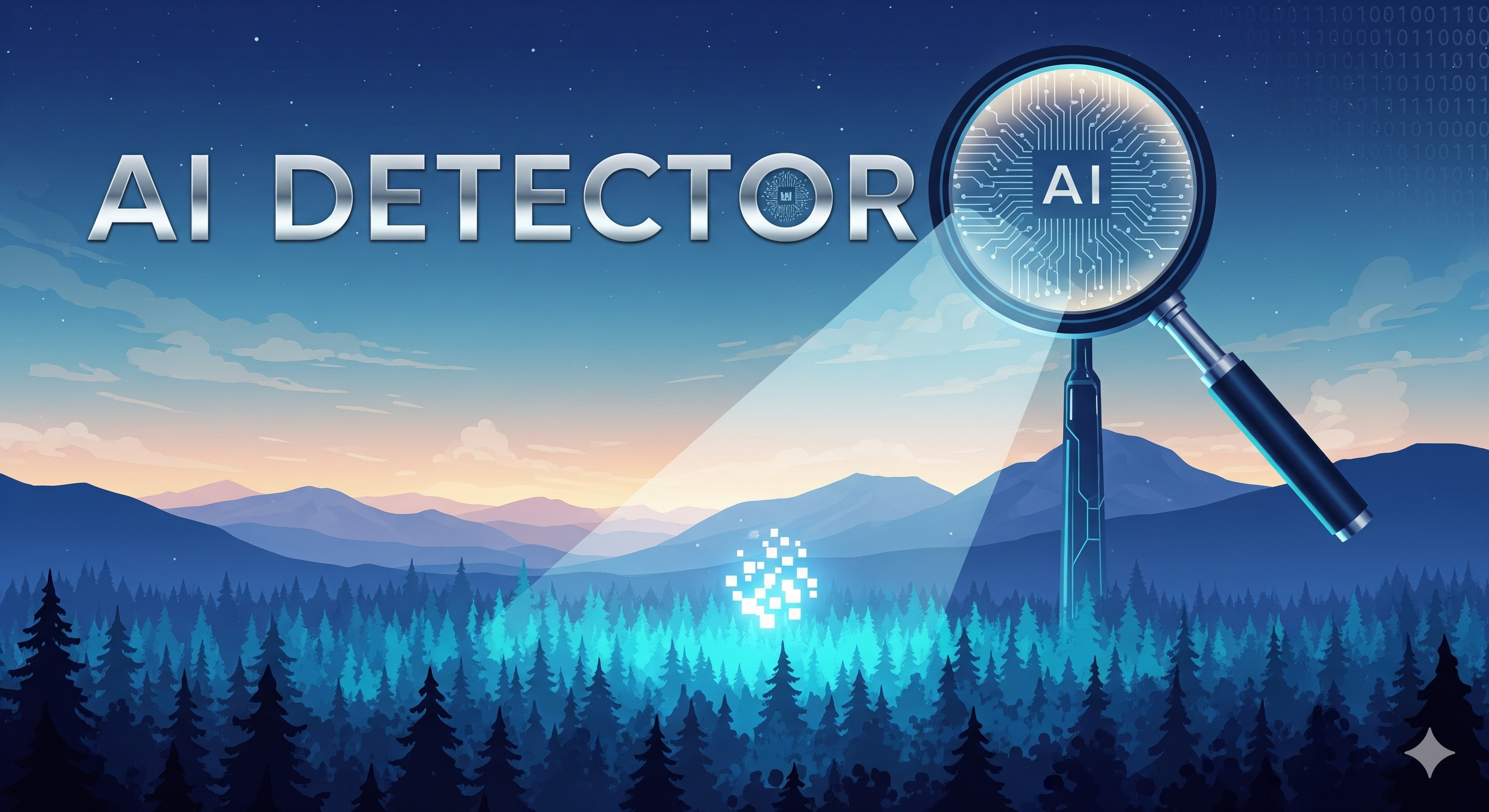In the ever-evolving world of technology, where artificial intelligence continues to reshape how we create, communicate, and connect, one tool is quickly becoming essential the AI detector. As AI-generated content becomes more sophisticated, distinguishing between what is human-made and what is machine-created has turned into a fascinating challenge. The AI detector is the digital guardian that steps in to protect originality, ensure authenticity, and preserve trust in the online space.
The Rise of Artificial Intelligence in Content Creation
Artificial intelligence has moved beyond simple automation. It can now write essays, design artwork, compose music, and even simulate human conversation with remarkable accuracy. From students using AI tools to draft essays to marketers generating blog posts in seconds, AI has transformed the content landscape. However, with convenience comes complexity. How can we tell if a text was written by a human being or crafted by a clever algorithm? That’s where the AI detector takes center stage.
What Is an AI Detector?
An AI detector is a specialized system designed to analyze digital text, images, or code to determine whether it was generated by artificial intelligence or a human. Using advanced algorithms, natural language processing, and machine learning models, the detector identifies patterns, word structures, and tonal consistencies that are typically associated with AI output.
Think of it as a digital investigator — examining every sentence, every rhythm, and every choice of word to find traces of machine-like behavior. While humans tend to have emotion, creativity, and irregularity in their expression, AI-generated content often carries an underlying uniformity that the detector can sense.
Why AI Detectors Are Becoming Essential
As AI tools become more accessible, so does the risk of misuse. Students may use AI to generate essays, professionals might automate job applications, and fake news sites can create misleading articles in seconds. The AI detector helps maintain integrity in education, journalism, and business communication by identifying where automation begins and where human originality ends.
For instance, in academia, universities now use AI detectors to ensure that students submit authentic work. In the publishing world, editors rely on these tools to maintain ethical standards and credibility. Even employers use them to confirm that cover letters or reports reflect genuine personal input rather than machine-written text.
How AI Detectors Work Behind the Scenes
AI detectors rely on a mixture of linguistic analysis and machine learning. They don’t just scan for plagiarism; instead, they assess the probability that a text was generated by an AI model.
Linguistic Fingerprinting: The detector studies writing style, vocabulary diversity, and sentence flow. AI-generated content often shows certain patterns — overly balanced grammar, repetitive phrasing, and lack of emotional nuance.
Probability Mapping: The system assigns likelihood scores to each segment, determining how closely it aligns with known AI writing structures.
Neural Comparison: The detector cross-references the content against datasets from AI models such as GPT, identifying similarities in structure and syntax.
Confidence Rating: Finally, it delivers a confidence percentage — a statistical reflection of how likely the content was machine-generated.
Benefits of Using AI Detectors
The rise of AI detectors offers several benefits for the modern digital ecosystem:
Academic Honesty: They help educators uphold integrity and promote genuine learning.
Media Credibility: Journalists can use AI detectors to ensure their publications remain free of fabricated or AI-written stories.
Business Authenticity: Companies can verify marketing materials or client communications to ensure authenticity.
Creative Protection: Artists and writers can safeguard their work from being mimicked by automated systems.
The Human Touch vs. Machine Precision
What makes human writing so unique is the spark of imperfection — the rhythm of thought, the emotional undertone, and the subtle unpredictability of creativity. AI-generated text, no matter how polished, often lacks that genuine emotional layer. The AI detector helps preserve that distinction, allowing audiences to reconnect with human expression in a digital age overflowing with automation.
Interestingly, the existence of AI detectors also pushes AI developers to innovate further. The battle between AI generators and AI detectors has become a kind of digital chess match — each advancing in complexity to outsmart the other. This ongoing rivalry fuels rapid progress in both AI creation and AI detection technologies.
Challenges in AI Detection
Despite their power, AI detectors are not flawless. Some human writers may unknowingly produce text that resembles machine output, while highly advanced AI models might evade detection. Language diversity, creativity level, and content type can influence the results. Therefore, the goal of an AI detector is not to accuse but to assist — offering insights that encourage transparency and authenticity.
The Future of AI Detection
As AI continues to evolve, AI detectors will grow smarter and more adaptive. Future versions may go beyond simple text detection — analyzing visual art, music, and even voice patterns for traces of machine influence. They will likely integrate seamlessly into digital ecosystems, helping users verify content instantly across platforms.
Moreover, ethical frameworks will become more important. Rather than discouraging the use of AI, detectors will promote responsible collaboration — encouraging humans to use AI as a tool, not a replacement.
Conclusion
The AI detector stands as a symbol of balance in a world where technology blurs the line between authenticity and automation. It reminds us that while machines can replicate our words, they cannot fully replicate our emotions, values, or individuality. As the digital world continues to advance, these detectors will serve as essential allies, ensuring that human creativity remains visible, respected, and protected.
In the end, the AI detector is not just a tool — it’s a promise that authenticity still matters in an increasingly artificial age.








Leave feedback about this